Fix Your Feet
Sports Performance | Strength & ConditioningABOUT THE AUTHOR

Phil White
Phil White is the co-author of Waterman 2.0 (with Dr. Kelly Starrett), The 17 Hour Fast (with Dr. Frank Merritt), Unplugged (with Dr. Andy Galpin and Brian Mackenzie) and Game Changer (with Fergus Connolly). He writes for Train Heroic, HANAH, Momentous, XPT, Onnit, StrongFirst, TRX, McGregor FAST, and other leaders in human performance. In a previous life, Phil was nominated for a screenwriting Emmy. He lives with his wife and two sons in the mountains of Colorado. Connect with Phil at www.philwhitebooks.com
// Want to Build Strength, Power, and Endurance? Fix Your Feet First.
“The human foot is a masterpiece of engineering and a work of art.”- Leonardo da Vinci
You’ve got to love the quotability of those clever Renaissance artists, haven’t you? Particularly a multi-discipline savant like da Vinci whose exploration of human anatomy was every bit as progressive as his paintings and sculptures. Yet as memorable as his quote about the foot is, when many of us take off our shoes and socks we don’t see a Louvre-worthy piece of art, but rather a sore, gnarly mess that betrays years of hard training and little in the way of self-care.
Yet to da Vinci’s point, our feet are indeed an engineering marvel, with 26 bones, 33 joints (20 of which are articulated), and over 100 tendons, ligaments, and muscles. To paraphrase the Biblical story, when our feet are strong and supple they’re like the house built on the rock – able to withstand any storm that competition or life can hurl at us. But when they’re weak, stiff, and immobile, they’re more like the house built on sand, liable to betray us when conditions get stormy.
In learning from Dr. Kelly Starrett, founder of MobilityWOD and my co-author of Waterman 2.0 for several years, I’ve come to appreciate just how vital healthy feet are to athletic performance and living as a fully-functioning human being. And yet how many of us struggle with conditions like plantar fasciitis, stress fractures, hammer toes, bunions, and the rest? Apparently these problems are pervasive, given that Americans will spend $3.5 billion on orthotics each year by 2020 – not to mention much more on visits to podiatrists and, in extreme cases, on foot surgeries. As with many other areas of healthcare in this country, the more we spend and the fancier the gadgets designed to fix us, the worse our issues seem to become. This also extends to the consumer space, with shoe companies hawking air bags, arch supports, stability plates, and other technologies that supposedly help our feet, but actually leave them more coddled and weaker than ever before.
Fortunately, all is not lost and there are some tried and true ways to fix your feet without forking over wads of bills. Here goes…
Your Title Goes Here
Your content goes here. Edit or remove this text inline or in the module Content settings. You can also style every aspect of this content in the module Design settings and even apply custom CSS to this text in the module Advanced settings.
Sort out Your Stance
In Becoming a Supple Leopard, Kelly paraphrases a sage piece of advice from legendary Japanese swordsman Miyamoto Musashi’s The Book of Five Rings: “Make your fight stance your everyday stance.” Though separated by several centuries, what he’s saying here is that it’s no use just getting into a good position during combat or competition if you’re going to be in a sub-optimal one the rest of the day. We could apply this to many facets of modern life, like slumping into a desk chair or the dreaded “text neck” that comes from staring at our phones and tablets for hours on end. But for our purposes here, let’s think about how we stand.
An organized position starts with having your feet straight with the heel, big toes, and small toes all in contact with the ground. Once you turn your feet out beyond 12 degrees or so (think 2 o’clock), you don’t just have them in a poor position, but also start to lose stabilizing torque at the hip. This shows how slack and tension aren’t isolated in one body part or segment but travel upstream and downstream. The same goes if you pigeon your feet inwards too far – you create instability that has to be remedied with bigger corrections at the ankle, knee, or hips. We also make compensations even higher up through the lumbar, thoracic, and cervical spine. This is bad enough in a sporting context or when squatting, deadlifting, lunging, and so on in the gym, due to the added demands of load and velocity and the inevitable loss of power output that occurs when your feet are in a crappy position. But taking millions of steps over a lifetime with your feet in a bad position is also going to create and perpetuate postural problems and groove a bad pattern you default to in an athletic context. So try to make sure that you’re standing with neutral feet, whether it’s in the grocery store line, running for a bus, or setting up in a squat rack.
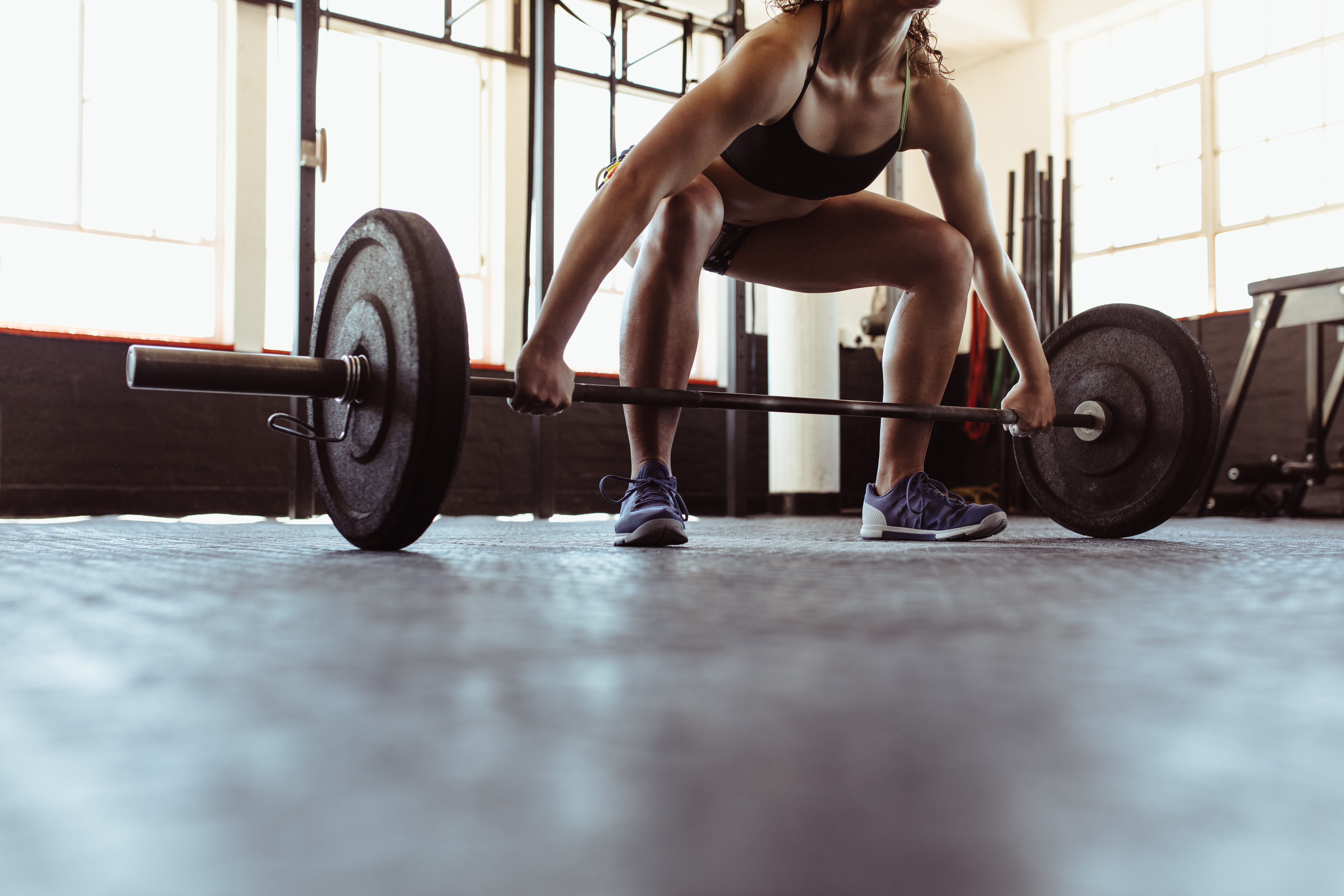
Reconsider Max-Cushion Shoes (And Sometimes Ditch Footwear Entirely)
In the past few years, the pendulum has swung back aggressively from the barefoot and minimal running popularized by Chris McDougall’s book Born to Run. Instead of Vibram FiveFingers and other zero drop shoes being everywhere, you’re more likely to see runners strutting their stuff on top of an inch or more of cushy foam (not to name names, but I’m so tempted to ID one “maximal” brand in particular here – you know who you are). This might feel great for a time, but there’s evidence to suggest that such overly thick midsoles actually encourage a harder strike than any cushioning system can handle, not to mention altering mechanics in a detrimental way due to the absence of ground feedback.
Not convinced? In a Finnish study published in the journal Nature, researchers stated, “Highly cushioned shoes increase impact loading during running,” and noted that running in shoes with a thicker midsole created “greater leg stiffness.” A University of Calgary study discovered that the softer the midsole of a shoe, the more ankle tightness is created. Yes, an abrupt transition to barefoot led to a spate of stress fractures, but if people had actually bothered to read what McDougall was really writing they’d have realized that a gradual change with a focus on low mileage and proper mechanics was the order of the day, and literally saved themselves a lot of pain.
While you don’t have to go as far as trading your fat shoes for a pair of toe-socks, you’d do well to ditch the two-by-four planks that currently carry you around. Not to mention the arch supports, “motion control” gizmos, and so on. Think of a stone or brick archway – the arch is its own support. Your feet don’t need any extra help here. So instead of seeing how much foam your dollar can buy you, look for training and everyday shoes with a minimal heel-to-toe drop (below six mm and preferably four or less) that you can roll up into a ball. Joe Nimble, Vivobarefoot, Xero, and Lems all offer great options.
And occasionally take off your shoes altogether. You have over 7,000 nerve endings in each foot, which can create positive knock-on effects in your nervous system when stimulated – hence why reflexology and foot massage have perpetuated in Eastern cultures for centuries. But we cut off these pathways when walking around in stiff or overly cushioned shoes all day. A simple way to stimulate all those nerve endings is to simply walk barefoot in grass or on sand when possible. Another benefit is that the slope and shifting surfaces underfoot provide a kind of on-the-go mobility practice (more on this in a moment).
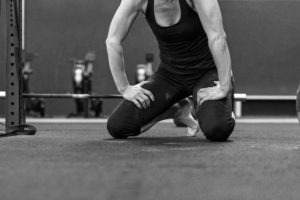
Spend 5 Minutes Mobilizing Daily
Cultivating a daily soft tissue practice is one of the best ways to free up the potential of your feet. This doesn’t need to become a full-time second job – rather just something you invest a few minutes in each evening. Simply rolling the MobilityWOD/Rogue Foot Roller or a soft sphere like Jill Miller’s Yoga Tune-Up Ball across the soles of your feet will undo a lot of the excess tension that builds up throughout the day. If you find a sore spot in your arch or another area, spend extra time there.
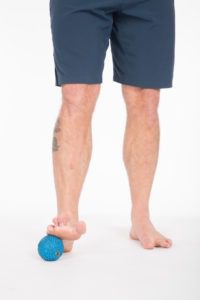
Chris Frankel, performance director at TRX, recently wrote that sprinting and certain lifts don’t just involve triple extension/flexion of the ankles, knees, and hips, but really quadruple extension, as the big toes are also involved. So spend another minute or two rising up onto your toes on one foot and back down as you keep the other one planted and straight to make sure your toes are up to the task. To open up the top of the foot, you can also superset Kelly’s couch stretch with sitting in the seiza position – i.e. kneeling down on the floor or a mat and then sitting back on your heels.
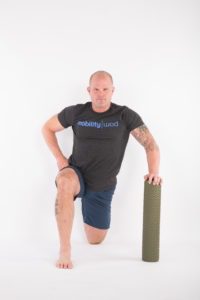
When thinking through your mobility strategy, you shouldn’t consider your feet in isolation. As I wrote earlier, tension and slack both travel upstream and downstream in the body. When your heel cord is tight, for example, it will pull on the structures below it in the foot. So if you struggle with plantar fasciitis, don’t just roll a soft ball across the soles of your feet, but also regularly smash your calves, particularly the lower section. You should hunt around for trigger points in your quads and hamstrings too, as an adhesion in either area can contribute to having tacked down feet.
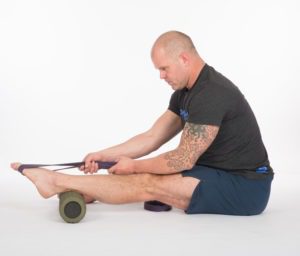
In addition, be sure to work the outside seams of your lower legs. For the medial (inner seam) side, sit down on the floor with the outside of your shin and knee on the ground. Place a small ball or roller between the outer edge of your shin, and another on the other side directly above it. Press down on the top ball and flex and extend your foot. Every 30 seconds or so, move the balls down your calf until you get to the base of the ankle. Then repeat on the other leg.
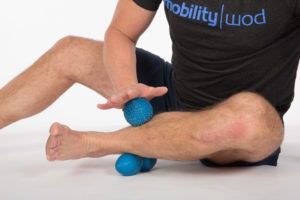
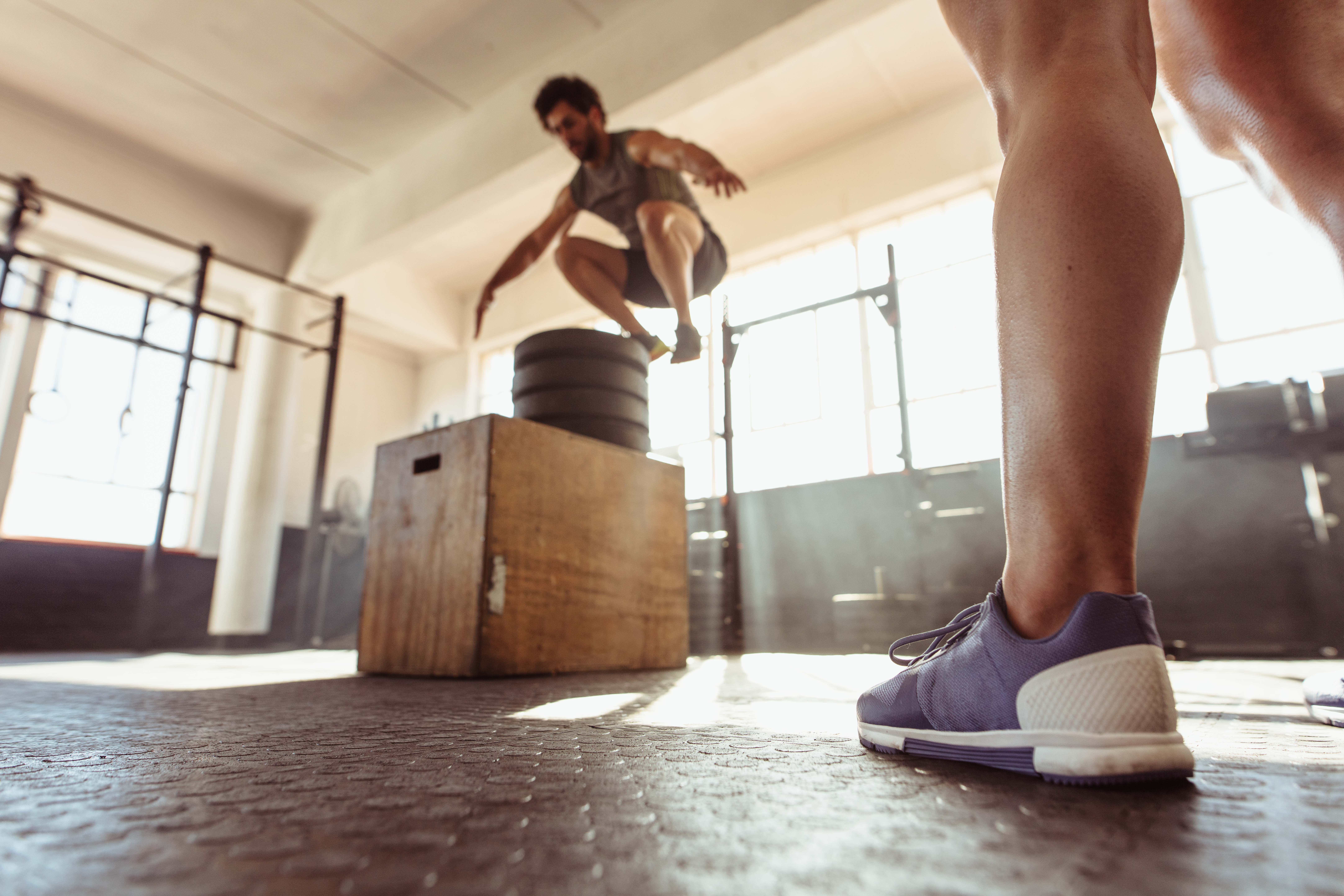
Are you a better coach after reading this?
More coaches and athletes than ever are reading the TrainHeroic blog, and it’s our mission to support them with useful training & coaching content. If you found this article useful, please take a moment to share it on social media, engage with the author, and link to this article on your own blog or any forums you post on.
Be Your Best,
TrainHeroic Content Team
HEROIC SOCIAL
HEROIC SOCIAL
TRAINING LAB
Access the latest articles, reviews, and case studies from the top strength and conditioning minds in the TH Training Lab

